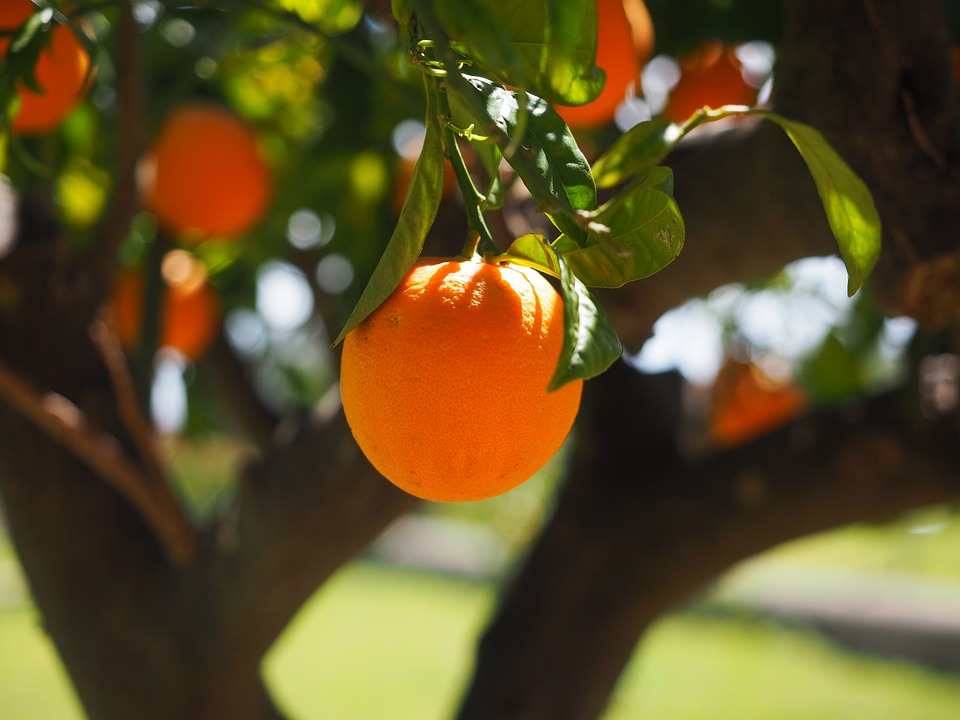There are a lot of garden styles for you to choose from; you want to make sure you are choosing the right now. If you are new to gardening, this process can be quite overwhelming; that’s why we are here to guide you through the different types of garden styles so that you can choose what’s best for you.
We will start by narrowing down the number of styles so that you don’t feel intimidated by the number of existing styles. As soon as you are more familiar with the different styles, you will want to start experimenting, adding, and removing elements to make your garden more like you.
Traditional Garden Style
Traditional garden styles emphasize symmetry and proportion, making them ideal for colonial, Italian, and French buildings. I see a highly formal garden with strong architectural features, broad stretches of well-groomed turf, rows of precisely clipped hedges, framed vistas of stone fountains, and cleanly edged walks when I think of a classic garden.
You may adapt features of formal garden design to include into your garden if you appreciate the balance and symmetry afforded by traditional gardens but don’t want yours to be as “uptight.”
The most important element to distinguish a traditional-style garden is symmetry and repetition. There should be the same plants on both sides of the walkways, including bold geometric shapes such as squares or rectangles. A traditional garden is much ‘stricter’ and more formal.
You can add pedestal urns, columns, and stone fountains if you want a traditional garden-style; these elements will add an elegant touch to your garden.
Cottage Garden Style

Compared to a traditional garden, a cottage garden is more relaxed. Plants in cottage gardens sometimes flow over lawns and walks, creating softer edges.
Cottage gardens have a wide range of colorful and diverse plants. Colorful ornamentals, foodstuffs, herbs, and medicinal are mingled together in the cottage garden. Plantings take up every possible inch of space, giving the impression of a charming “organized chaos.” Fill your cottage garden with beautiful and practical collections of your favorite flowers and plants.
Clay pots, white picket fences, arbors, trellis, and flea market discoveries are frequent aspects of cottage garden decor.
Modern Garden Style
Each generation tends to be a little trendier than the last. While cottage gardens are still popular, modern and contemporary garden types are becoming increasingly fashionable.
The exact symmetry of classic garden geometric patterns is replaced with uneven, sometimes interconnected grass and patio designs in modern and contemporary garden design.
Contemporary design lends itself to residential property, whereas modern design lends itself to commercial property.
Clean-lined, hard-edged, and minimalistic are characteristics of modern landscape design. Metal, concrete, and monochrome or pastel color palettes are common elements in modern design. Rather than focusing on nature, the modern design emphasizes the utility of materials.
Architectural sculptures or planters in gray or strong colors made of concrete, resin, or ceramic are a terrific way to duplicate and contrast the designs in your modern landscape.
Whether made of concrete, ceramic, metal, or even a repurposed bowling ball, Spheres play an important role in these gardens as sculptural components. In a sparse terrain, they stand out as striking art forms. This mirrored gazing ball is stunning – it’s very contemporary!
You learned a lot about natural, classic, modern, and contemporary garden design styles. You CAN mix and combine these garden types to create your style, but only if you do it with intention.
Each person has their own “definition” of what each style comprises, and the distinctions between them are frequently blurred. Understanding the underlying aspects, characteristics, and popular plants for each garden style, in my opinion, can provide you with the inspiration and information you need to create a garden design that is as unique as you are, without becoming bogged down in terminology! Let us know in the comments what do you think about these styles mentioned above…







